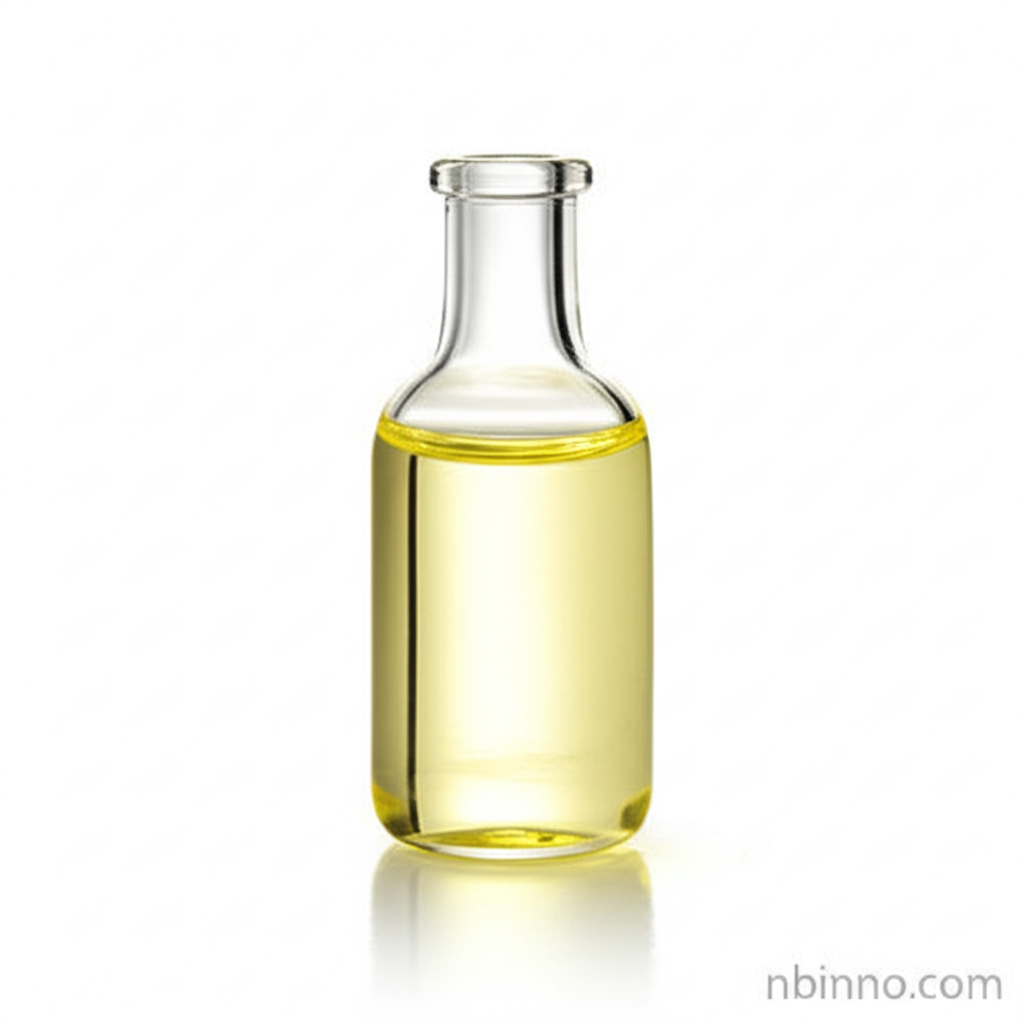Understanding Safrole: Properties, Applications, and Safety Considerations
Explore the chemical nature, industrial uses, and crucial safety guidelines surrounding Safrole (CAS 94-59-7).
Get a Quote & SampleProduct Core Value

Safrole
Safrole is a natural organic compound, primarily known for its characteristic sweet, anise-like aroma. Historically utilized in flavorings and fragrances, it serves as a crucial precursor in the synthesis of various industrial chemicals, including insecticide synergists. Its natural occurrence in plants like sassafras and camphor contributes to its significance in the chemical industry. Understanding the Safrole CAS 94-59-7 properties is vital for its appropriate handling and application.
- Safrole chemical synthesis applications extend to creating important compounds, making it a valuable intermediate.
- The compound is a primary constituent of sassafras oil, influencing its use in fragrance formulations.
- Due to potential health risks, Safrole regulatory restrictions fragrance are in place, mandating careful usage levels.
- Research into Safrole metabolism and metabolites helps in understanding its biological effects and safety profile.
Key Advantages
Chemical Versatility
Safrole's molecular structure makes it a versatile precursor for the synthesis of numerous other chemical compounds, including those used in pest control and the fragrance industry, underscoring its importance in chemical synthesis applications.
Natural Origin and Aroma
Naturally occurring in various essential oils, Safrole offers a distinct aromatic profile that has historically been leveraged in the fragrance sector. The natural occurrence of Safrole essential oils is well-documented.
Industrial Precursor Role
As a key intermediate, Safrole plays a vital role in the production of compounds like piperonyl butoxide, an insecticide synergist, highlighting its industrial significance. Exploring Safrole CAS 94-59-7 properties is essential for manufacturers.
Key Applications
Fragrance Industry
Safrole's unique aroma has led to its historical use in perfumes and cosmetics, though current regulations limit its concentration due to safety concerns, impacting Safrole regulatory restrictions fragrance.
Chemical Synthesis
It serves as a critical precursor for synthesizing various chemicals, including piperonyl butoxide, an effective insecticide synergist. Understanding Safrole chemical synthesis applications is key for industrial chemists.
Historical Flavoring Agent
Previously used as a food flavoring agent for its characteristic 'candy-shop' aroma, Safrole is now banned for consumption due to its carcinogenic potential, as indicated by studies on Safrole metabolism and metabolites.
Research and Development
Safrole continues to be studied for its chemical properties and potential applications, requiring thorough understanding of its Safrole toxicity and carcinogenicity.
